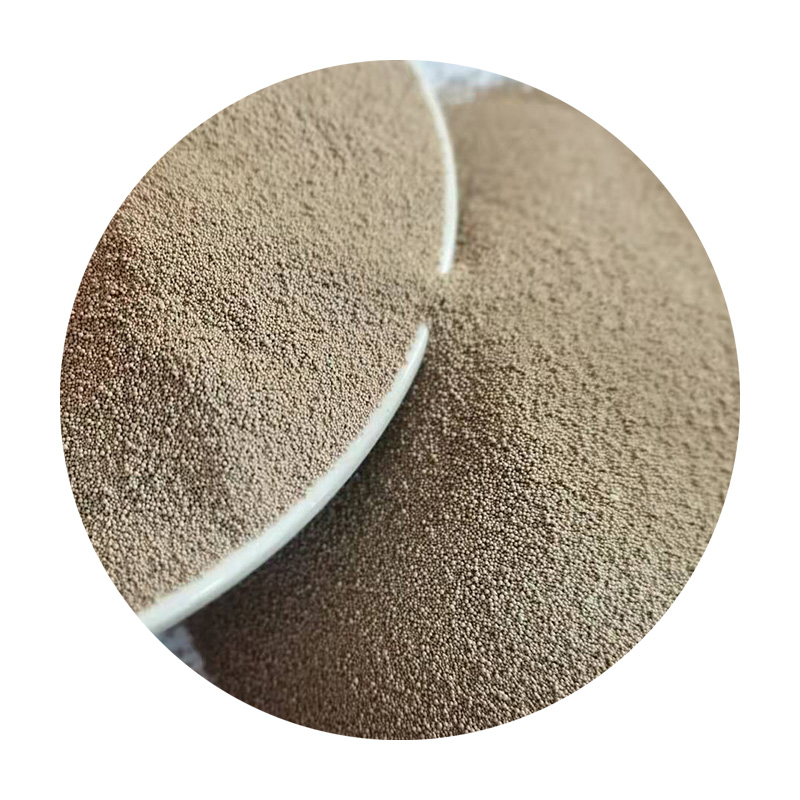How Do You Sand Resin? A Comprehensive Guide
Sanding resin is an essential step in the finishing process of your resin projects, whether you are working with resin art, jewelry, or casting. Properly sanding your resin can enhance its appearance, ensuring a smooth, glossy finish that highlights the beauty of the material. In this article, we will discuss the best practices for sanding resin, the tools you will need, and recommendations to achieve the best results.
The Importance of Sanding Resin
Resin casting often results in surfaces that may not be perfectly smooth or may contain imperfections such as bubbles or uneven areas. Sanding can help eliminate these flaws and prepare the surface for further finishing or coating. It is vital to sand your resin properly, as improper techniques may lead to scratches or damage the surface.
Tools and Materials Needed
Before you begin sanding, gather the following tools and materials
1. Sandpaper It is important to use the right grit sandpaper. Start with a coarser grit (around 120-220) for initial sanding to remove imperfections, and then progress to finer grits (400-600) for finishing. 2. Sanding Sponge For curved or intricate areas, a sanding sponge can provide better control and conform to the shape of your piece.
3. Water Wet sanding is often recommended as it minimizes dust, reduces heat, and prevents clogging of the sandpaper.
4. Dust Mask and Safety Goggles Protect yourself from dust and debris when sanding.
5. Polishing Compound For achieving a glossy finish after sanding.
The Sanding Process
how do you sand resin

1. Initial Inspection Before you begin sanding, inspect your resin piece for bubbles, drips, or other imperfections. Identify the areas that need the most attention.
2. Start with Coarse Sandpaper Begin with a piece of 120-220 grit sandpaper. Lightly sand the surface, applying even pressure. It is important to keep the sandpaper flat and avoid digging into the resin. During this stage, focus on removing major imperfections and leveling the surface.
3. Wet Sanding After the initial sanding, switch to wet sanding. Dip your sandpaper in water or keep it under running water while sanding. This technique helps prevent dust and cools the surface, minimizing the risk of altering the resin's properties.
4. Progressively Fine Sanding Once the surface is relatively smooth, start sanding with finer grits (400-600). This step is crucial to achieving a glossy finish. Use light, even strokes, and do not apply excessive pressure.
5. Cleaning the Surface After sanding, rinse the piece under water to remove any dust or residue. Dry it gently with a clean cloth.
6. Polishing If you desire a high-gloss finish, apply a polishing compound using a soft cloth or a polishing wheel. This step will bring out the clarity and shine of the resin.
Tips for Successful Sanding
- Be patient Rushing the sanding process can lead to mistakes and unsatisfactory results. - Work in a well-ventilated area to avoid inhaling dust. - Frequently check your progress to ensure you are achieving the desired smoothness. - Experiment with different grit sizes to find what works best for your specific resin type.
Conclusion
Sanding resin may seem daunting, but with the right tools and a careful approach, it can be a straightforward process that significantly enhances the quality of your finished piece. Whether you are creating art, jewelry, or functional items, proper sanding techniques will help you achieve that perfect glossy finish that showcases the beauty of resin. Make sure to take your time, follow these guidelines, and enjoy the process of perfecting your resin creations!
Post time:Aug . 17, 2024 11:42
Next:Benefits of Lost Foam Casting in Modern Manufacturing Processes
